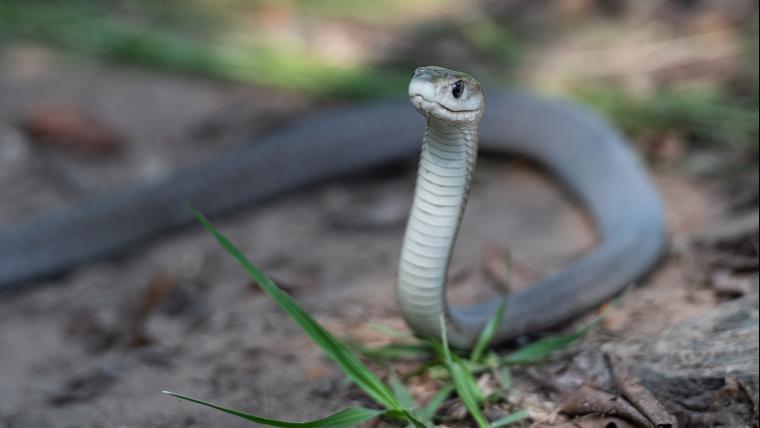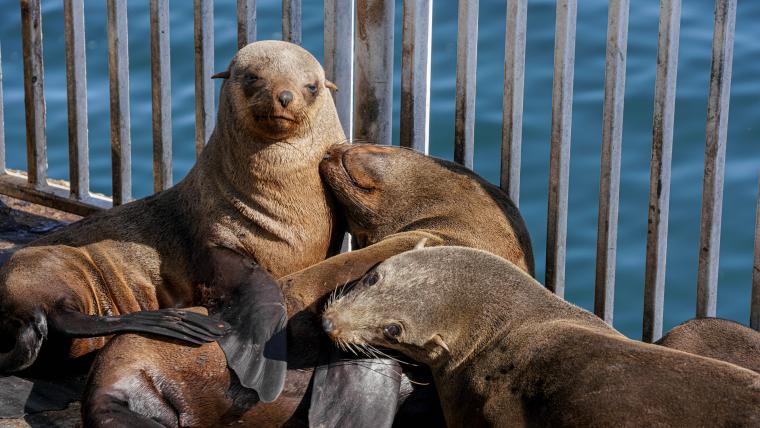
Why black mambas just want to be left alone
The beady eyes seem to be watching your every move. You expect the black mamba to strike at any moment. At around three metres in length, it cuts an imposing figure. But even though this is Africa’s largest venomous snake, it’s not interested in you. In fact, black mambas are distinctly different from what you’d think. For one, they’re a brown or green-grey colour – their name derives from the inside of their jet-black mouths. Then there’s the matter of their deadly reputation.
Despite being perceived as malicious, black mambas won’t attack if left undisturbed. When they sense the slightest movement, they’d prefer to retreat to the safety of a hole or rock crevice. As the weather warms, expect to see more of the species. Black mambas love the sun, often returning to the same spot in the morning and afternoon to bask. They live in residential areas because that’s where the food is. Rodents, squirrels and birds are their diet of choice, making black mambas valuable pest controllers and regulators of a natural ecosystem.
While they might not be out to hurt people, their bites can kill. If cornered or threatened, black mambas hiss and flap their tongue as a warning. Get too close and they’ll move fast, biting multiple times. Their venom is neurotoxic and will feel like a minor tingle at first. But within half an hour, the toxins will jeopardise the victim’s nervous system. Reaching a hospital and receiving antivenom in time is vital. To avoid this scenario altogether, take caution around black mambas. If you find one, don’t try to kill it. Back away slowly and call a snake catcher. In the hands of a professional, your safety and that of the snake is guaranteed.






























Please sign in to leave a comment